The latest Ricoh GR IV compact camera will receive a monochrome makeover early next year. Ricoh has already announced the development of the camera and issued a provisional specification, although it is subject to change. We expect the Ricoh GR IV Monochrome to be similar in outward appearance to the latest GR IV model, which was introduced in August this year.
I am definitely looking forward to this one. I’ve always been attracted by the concept of a monochrome camera — if nothing else, it’s a good excuse to bore Macfilos readers with a succession of colourless shots. “Couldn’t help it, Guv: I tried, but it’s the camera, it won’t do colour.”
But at the price the GR IV is likely to sell at, count me in. I want one.
Pocket-size
By all accounts, the GR IV is selling well and is on back order at most dealers. The range — which will be complemented by the HDF version and, probably, by a 40mm GR IVx later this year — continues to be in demand by experienced photographers.
It wins because of the exceptional image quality and small overall size. The Ricoh GR is the only camera of its type that can fit easily in a pocket, thus ensuring that it is always available. And it is a best-kept secret type of device because the results are outstanding.
The planned monochrome camera will feature a modified CMOS APS-C sensor based on the existing 25.7MP design in the GR IV.
In common with other dedicated monochromes, absence of the Bayer filter means that every pixel captures the full spectrum of available light, dramatically improving low-light performance and enabling cleaner images as high ISO.
In contrast, the Bayer-equipped colour sensor records only around one-third of incoming light because of the RGB filters.
Features
The Ricoh GR IV will use the same 18.3 (28mm equivalent) f/2.8 with three aspherical elements to boost sharpness. ISO sensitivity will range from 160 to an impressive 409,600. The camera will include five-axis stabilisation, various aspect ratios (3:2, 4:3, 1:1 and 16:9).
It will support universal DNG and JPG. It will feature the same 3in touch screen as the colour models and will offer a respectable 53 GB of internal storage. However, the card slot will accept only micro SD, which is not the most popular choice.
Ricoh’s new mainstream monochrome comes 13 years after the introduction of the first Leica M Monochrom. The only other monochrome cameras are produced by Phase One and the Pentax K-3 DSLR, also from Ricoh.
The GR experience
Ricoh’s four APS-C compacts have established a special place in the hearts of experienced photographers. Aficionados appreciate the bland, unthreatening looks which make the camera appear to be a harmless point-and-shoot when, in fact, it is a pro-level device capable of competing in image quality with leading APS-C competition. The one failing is the lack of an electronic viewfinder.
“This camera is a staple for me. I pack it for every trip”
I have owned the GR, GR II and, now, the GR III. At some stage, I will certainly upgrade to the GR IV because this camera is a staple for me. I pack it for every trip, irrespective of any other cameras I need. It is ideal for carrying around when you just don’t want the size and bulk of a bigger camera. And it is a fantastic backup, as I discovered recently in China.
Will Ricoh’s Monochrome succeed?
I believe it will be successful and will fill a niche among experienced amateurs and professionals. Many of us look at the Leica Q2 Monochrom, or the M11 Monochrom and would like to buy one for occasional use. But it’s an expensive and difficult decision.
The GR IV Monochrome, on the other hand, is likely to be a much easier buying decision if it costs about the same as the colour GR, as is rumoured. I can see many photographers deciding to buy it out of curiosity and to scratch that monochrome spot that has been too expensive to scratch until now.
One potential drawback for B&W enthusiasts is the lack of provision for filters. Many consider them essential in getting the best out of a monochrome sensor. The GR lens pops out like a turtle’s head when the camera is switched on, and there is no filter thread.
The only real solution is an accessory which covers the full extension of the lens and allows filters to be swapped easily. Faced with a similar problem, Leica marketed a rather ugly tubular device for its X1 and X2 cameras some 15 years ago. I absolutely hated it because it spoiled the look of the camera and increased the size.
However, Nisi (and possibly other third-party manufacturers) offer a neat option which attaches to the GR’s keeper-ring thread, clears the extension of the lens and allows filters to be added easily.
Target market
The GR IV Monochrome will be a specialist tool, as are Leica’s Monochroms. The camera should be ideal for fine-art and general photography.
It is clearly aimed at photographers who shoot predominantly in black and white and want the extra tonality and detail in comparison with colour conversions.
Furthermore, there is no doubt about the Ricoh GR’s image quality — it has always punched above its featherweight.
Despite all the evidence, however, there are still some who will not entertain the Ricoh because it has no electronic viewfinder. I disagree with them.
Just accept the camera for what it is. Adding a viewfinder would remove one of its most important selling points, its pocketability. If you must have a viewfinder, go for a Fujifilm X100VI or another APS-C alternative — but it won’t fit in your pocket. It’s as simple as that.
Specification
The GR IV Monochrome is still under development, and the specification is subject to change. For the moment, this is the expected comparison with the existing colour version of the GR IV.
| Feature | GR IV Monochrome | Ricoh GR IV colour |
| Sensor | APS-C monochrome CMOS (no Bayer colour filter) | APS-C back-illuminated CMOS with Bayer filter |
| Effective pixels | 25.74 | 25.74 |
| ISO range | 160-409,600 | 100-204,800 |
| Body design | 109.4 × 61.1 × 32.7; unique cosmetic touches (logo, power ring) | Same size and form factor |
| Image stabilisation | 5-axis sensor shift | 5-axis sensor shift |
| File formats | RAW (DNG 14-bit) JPEG; monochrome-specific image controls | RAW (DNG 14-bit) JPEG; full colour |
| Aspect ratios | 3:2. 4:3. 1:1. 16:9 | 3:2. 4:3. 1:1. 16:9 |
| Internal storage | 53 GB | 53 GB |
| Video | Full HD (60p/30p/24p) | Full HD (60p/30p/24p) |
| Unique features | Monochrome-specialised controls and sensor, blacked-out GR logo, extended ISO | Full-colour imaging, standard GR branding and green power ring |
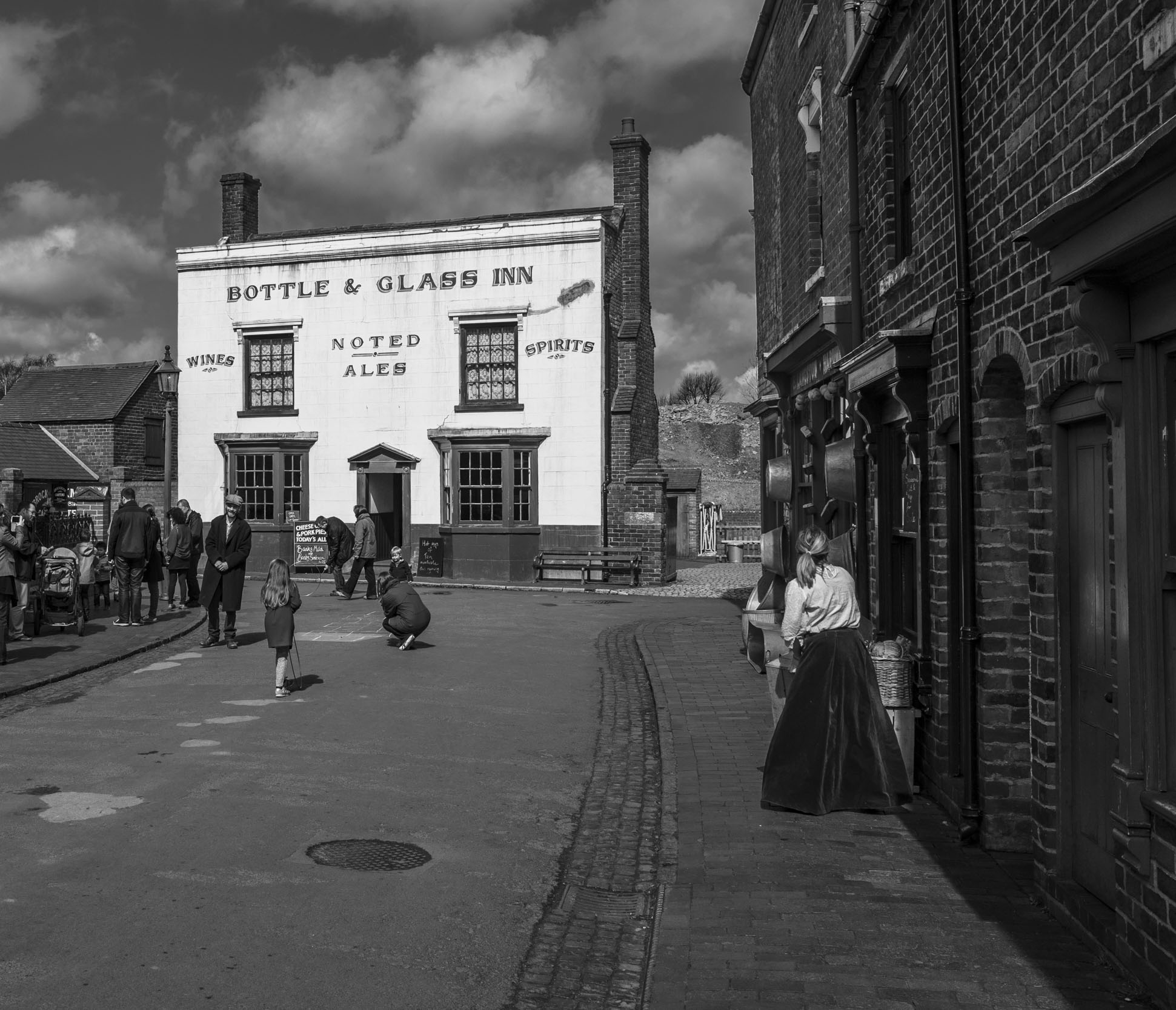
Price and availability
Although this camera is currently scheduled for “Spring 2026”, Ricoh has a history of delays, so we should take the date with a pinch of salt. As for price, some commentators have suggested the new Monochrome will cost little more than the standard GR IV. On the other hand, the company describes it as a “premium product” which, usually, means pricier.
The GR IV retails for £1,199 in the UK, so there is some latitude before it prices itself out of the market.
The photographs in this article were all taken on April Fool’s Day in 2015 at the Black Country Living Museum which, as it happens, is within spitting distance of the Billingham bag factory. The camera is the original 2013 Ricoh APS-C GR, with its 16.2 Megapixel sensor. These images were, of course, converted from colour, but they give you a taste of what is possible with a monochrome sensor. The new GR IV Monochrom will offer greater pixel density and vastly improved low-light performance. But even from a twelve-year-old camera, and after conversion, these pictures are sharp and full of life, as a testimony to the excellence of the GR range.
Ricoh GR III — my surreptitious pocket companion
I’m never without a GR. This is my current model, a special street-edition of the GR III, which I bought second-hand in October 2021 from Aperture UK in central London. I never travel without it, even if I don’t intend to use it. But I find myself slipping it into my pocket whenever I don’t really want to tote a camera but fear missing a good shot.
A chance shot
One such instance happened a day or two ago when I suddenly came across unusually high flooding at Chiswick Mall, next to the unruly River Thames in West London. This picture is notable because of the absence of cars. Usually, there is at least one car left mistakenly, despite the predictability of the flooding. So to see an unblemished expanse of river water is a treat for the camera.
The road is also notable for another reason: It’s the childhood stomping ground of Becky Sharp, the central character in William Makepeace Thackeray’s 1848 novel, Vanity Fair. Miss Pinkerton’s fictional Academy for Young Ladies is set in Chiswick Mall. We can only hope Becky had a good pair of galoshes….
| More on monochrome | |
| Leica Monochrom news and reviews | Ricoh news and reviews on Macfilos |
| Black and white photography | The GR has become a cult camera. Why? |
Make a donation to help with our running costs
Did you know that Macfilos is run by five photography enthusiasts based in the UK, USA and Europe? We cover all the substantial costs of running the site, and we do not carry advertising because it spoils readers’ enjoyment. Every amount, however small, will be appreciated, and we will write to acknowledge your generosity.

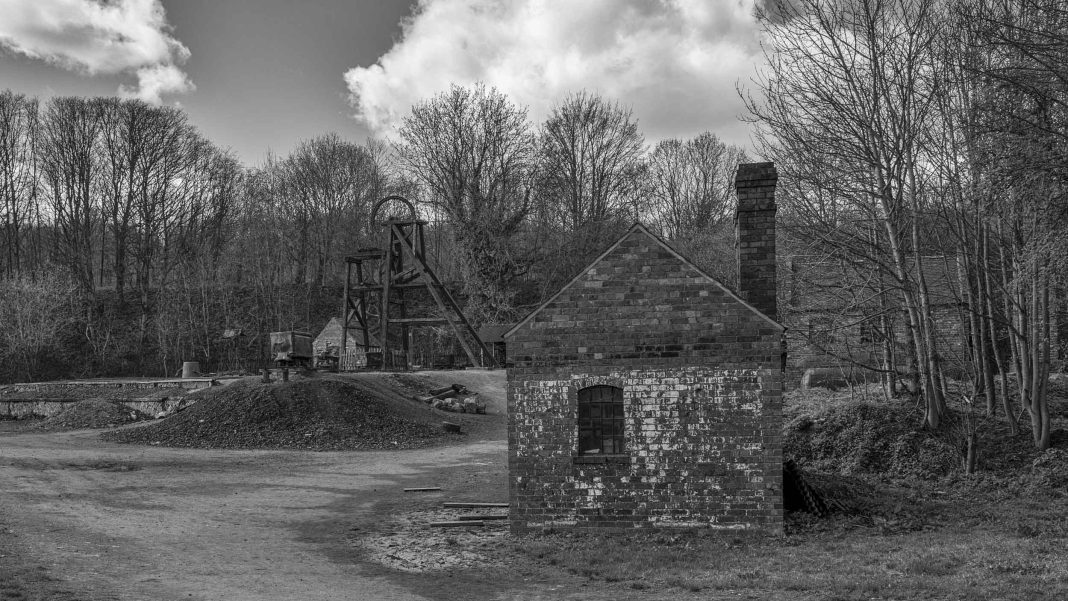
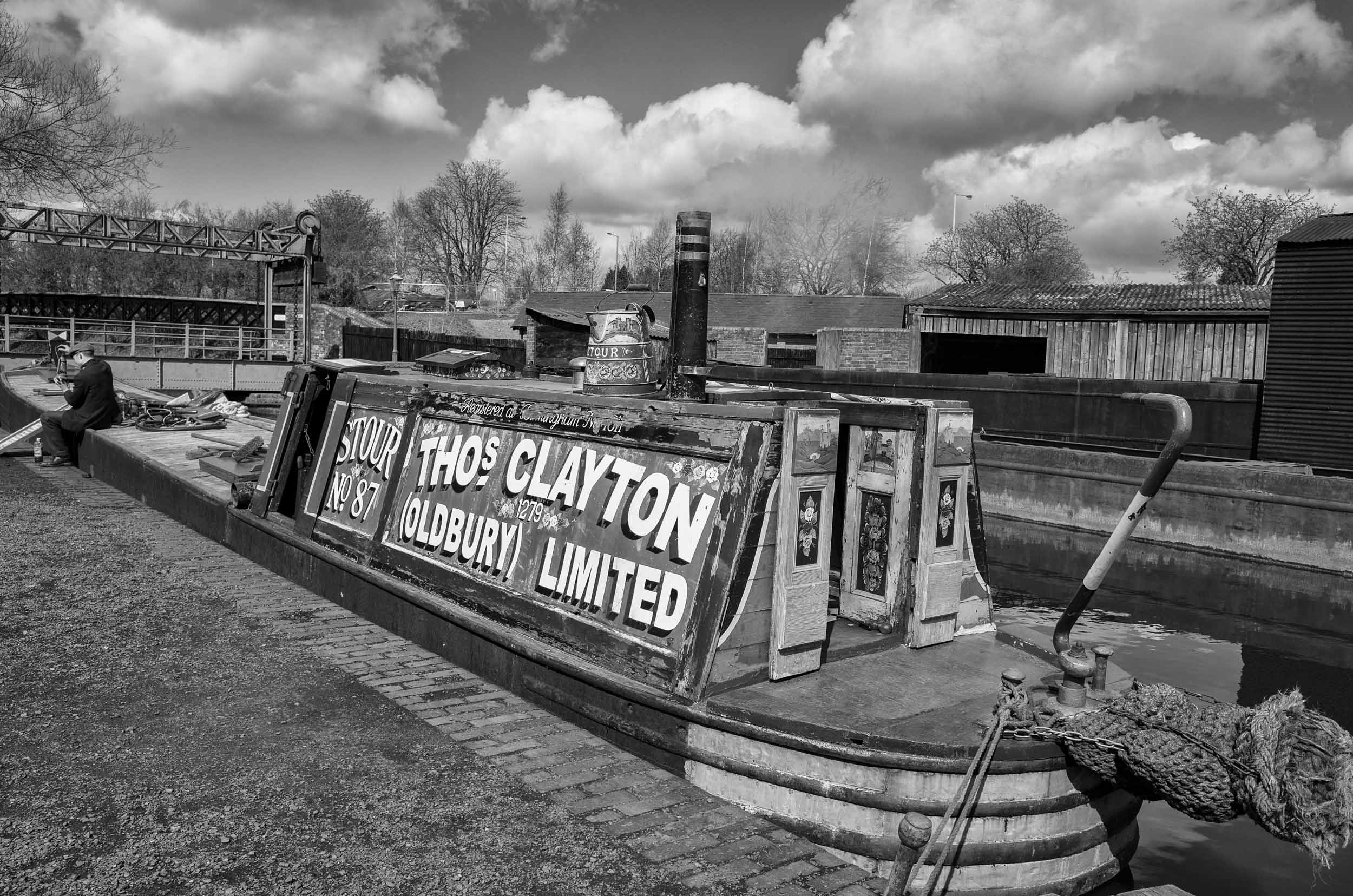
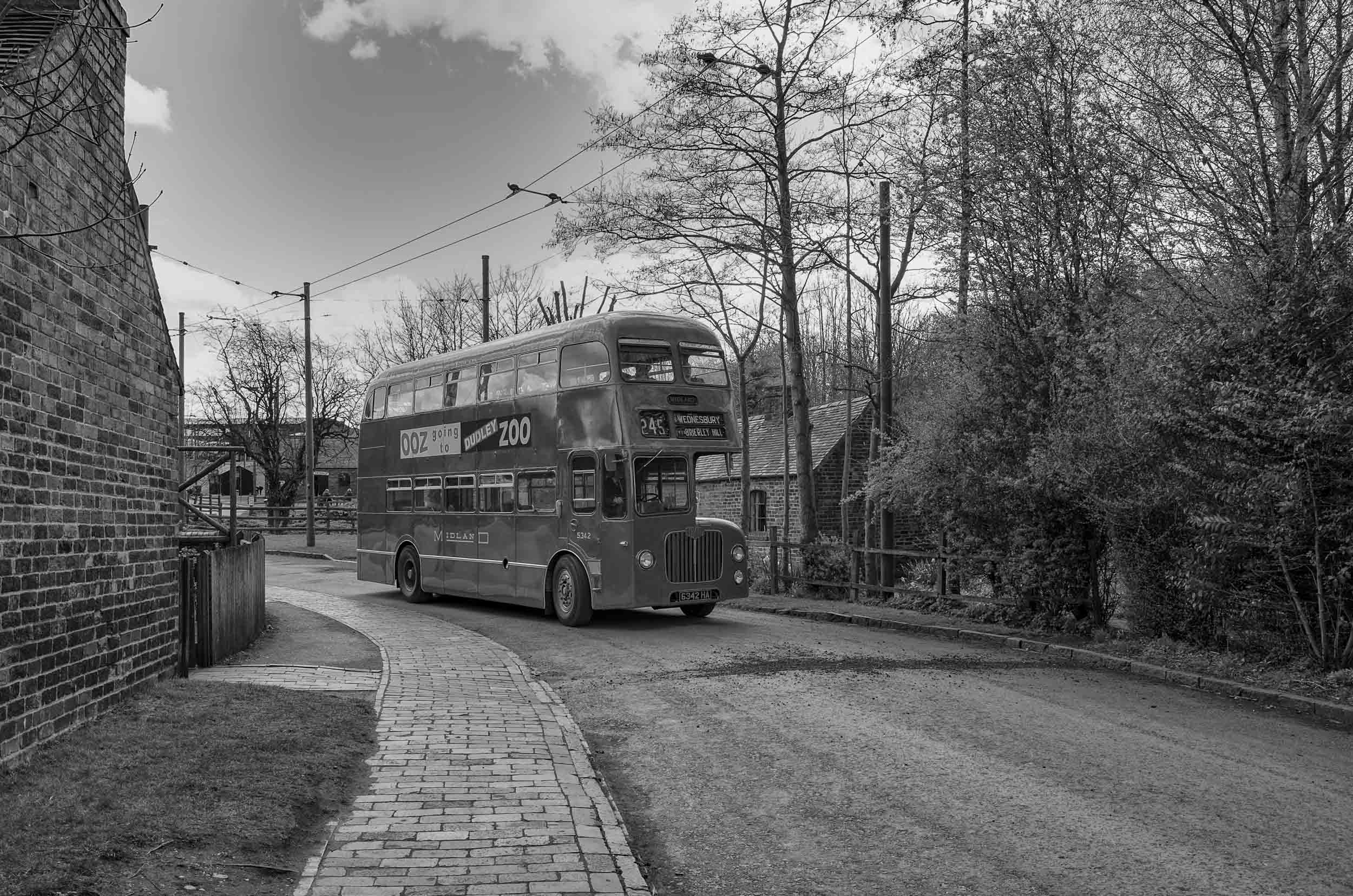
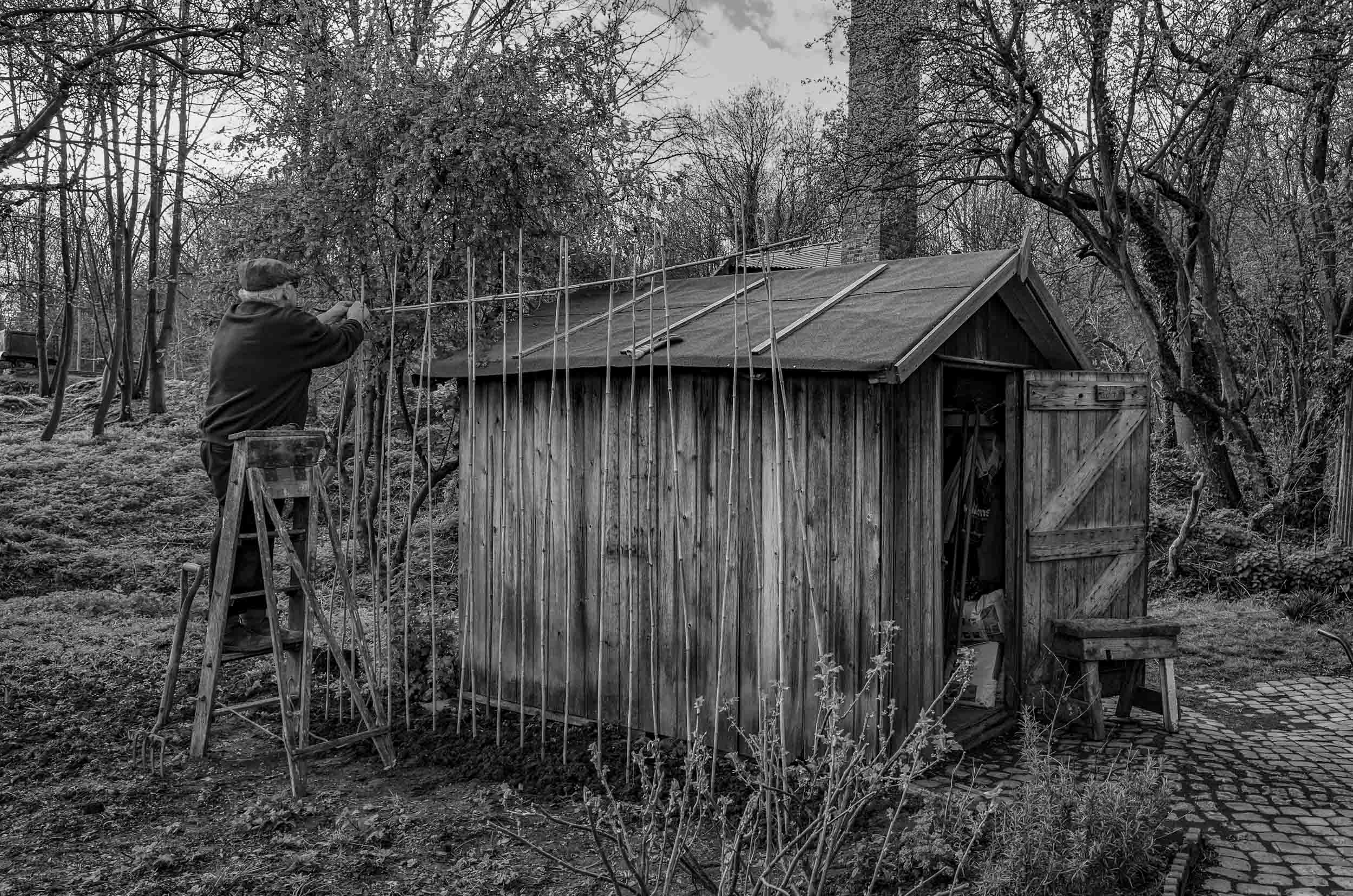
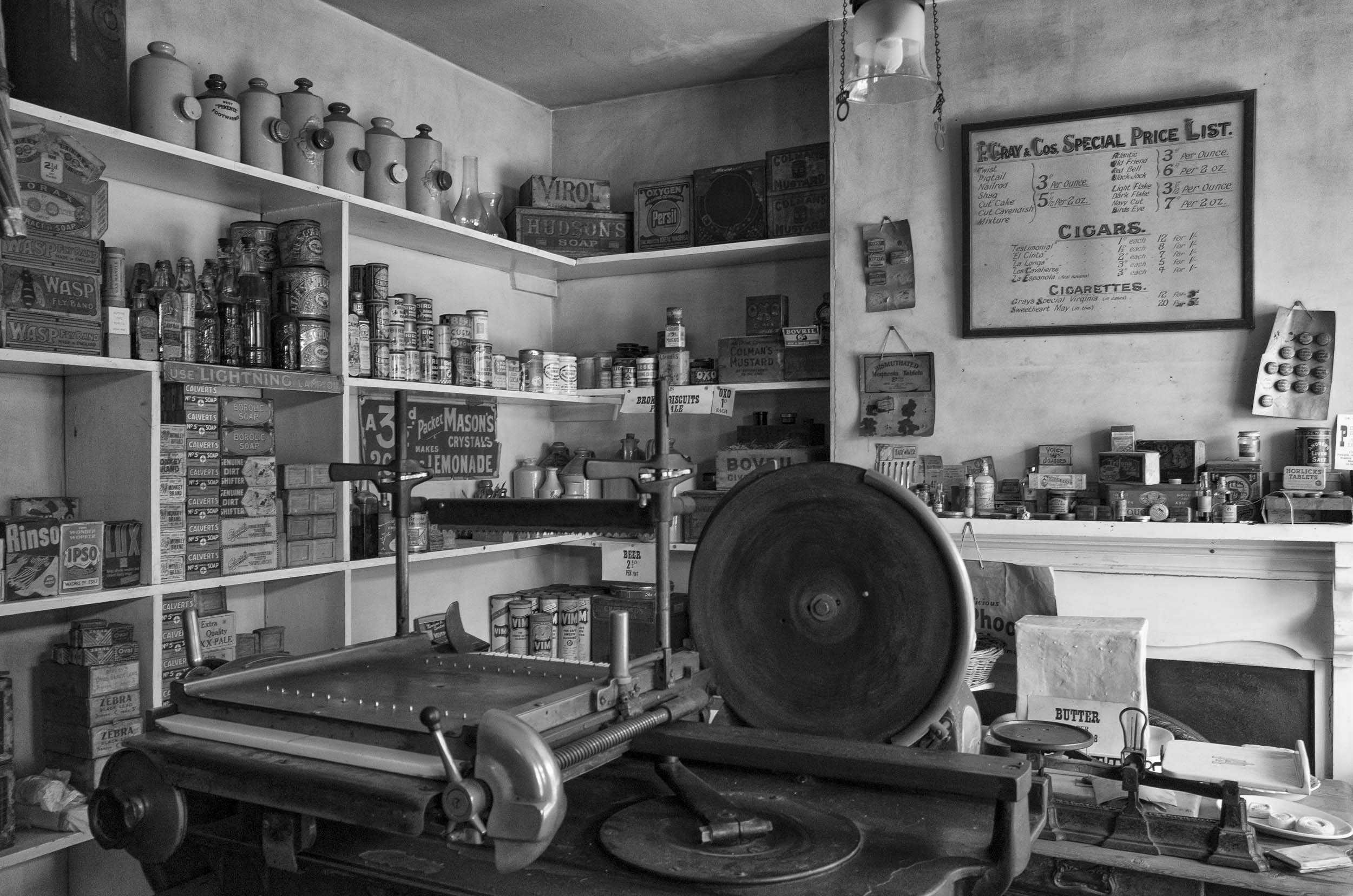
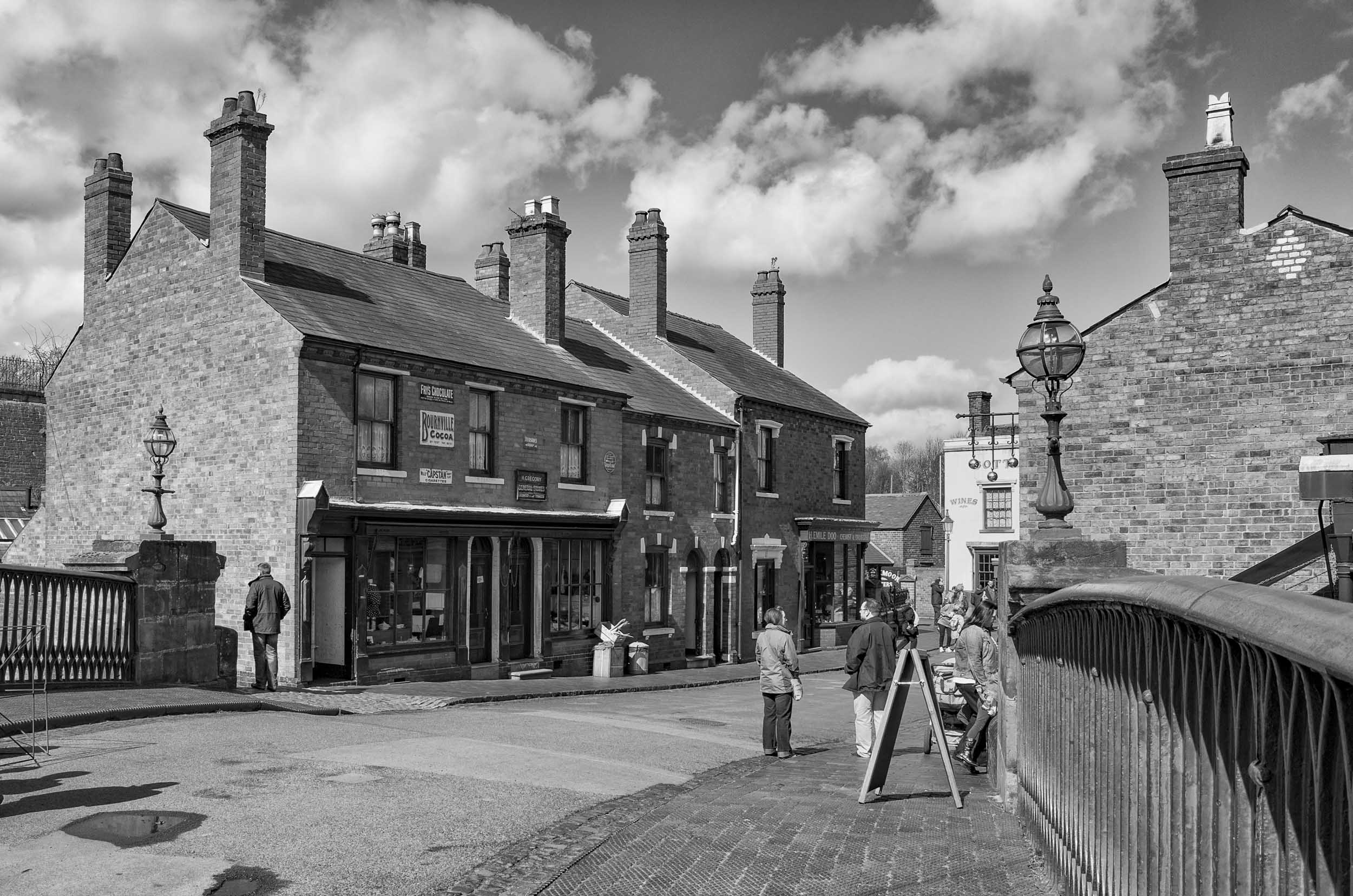



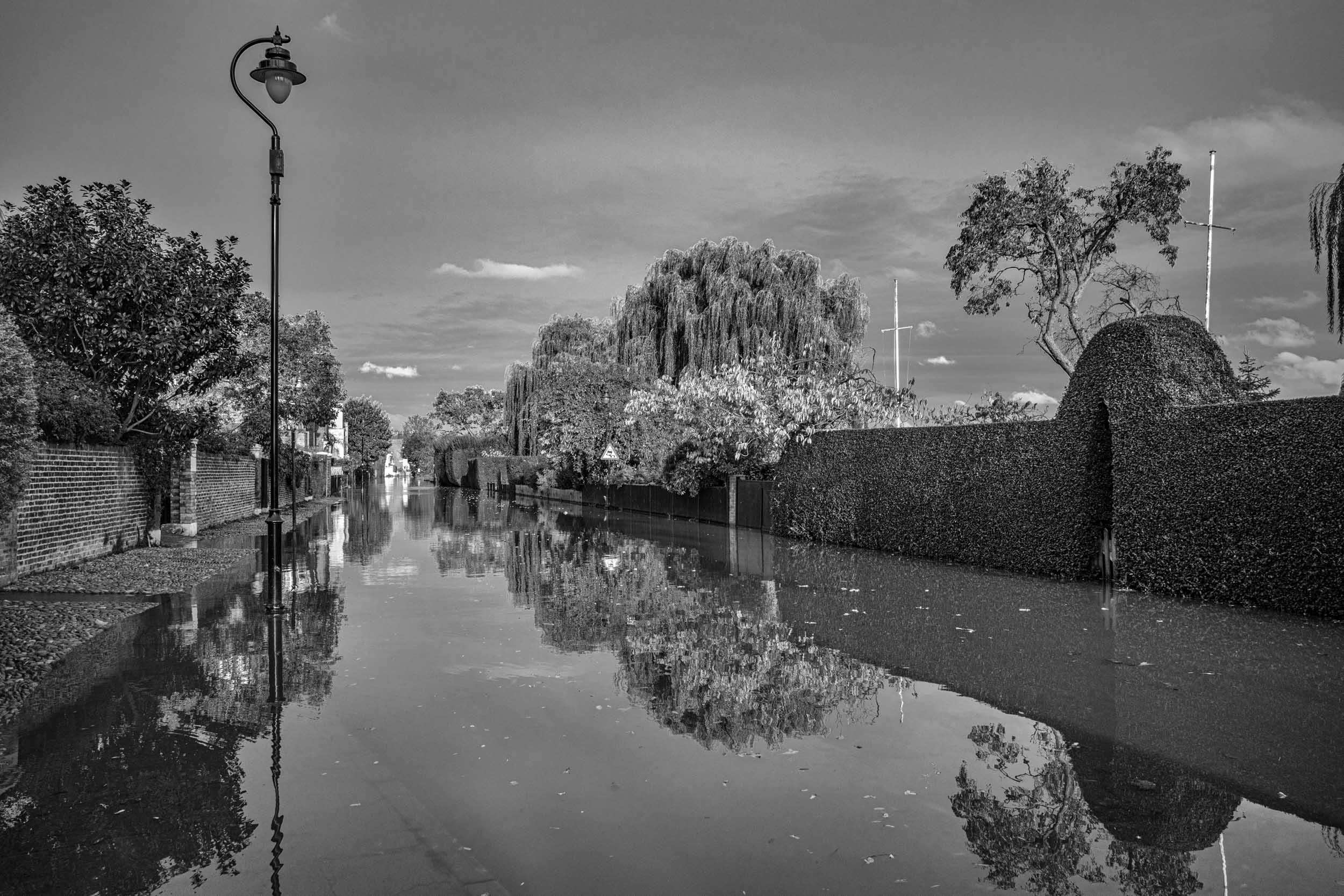
Given the popularity of the various FF Leica ‘Monochrom’ models, the question arises:
“Would / could, a CL Monochrom have resulted in a successful model?”
We’ll never know – but for the £budget conscious Leica enthusiasts, maybe a D-Lux 8 Monochrom would be an attractive proposition?
Maybe some D-Lux 8 owners could consider offering their opinions?
It’s an interesting thought. I suspect that you have a split of owners/buyers who see the DL8 as either their only camera, or as a backup to other cameras. In either of those cases the flexibility to process colour or back & white would overrule specialization.
Now, a CL-M would have been a very different proposition, when you consider it could take M lenses.
Do you know about the Pentax K-3 Mark III Monochrome? I didn’t notice any mention of it in your comparison of B&W sensor camera prices. The GRIVm will likely be within a couple hundred dollars of the Pentax.
Yes I did. I thought I mentioned it. However, I had in mind the fixed-lens compact and the only two in this category are the Leica Q and the future GR lV monochrome.
I see. You can always put a lens on the Pentax and never take it off! 😀 I just think the Pentax is a good comparison because it is likely the same, or almost the same, sensor that will be in the GR, making it educational for understanding how the GR is likely to perform. APS-C monochrome sensors will obviously be a touch below FF monochrome sensors, though I have found with the Pentax that it is the crop factor, and the resultant rendering of lenses sans the outside edges, that makes a bigger difference than the image quality output by the sensor.
You make a very good point. However, it is difficult for us to keep tabs on the entire industry, and Pentax isn’t a brand we cover (not to say we shouldn’t take it into account). Our focus is on Leica and L-Mount, plus Fuji and Ricoh out of interest.
If someone came up with an interesting article on the lines you suggest, we would definitely consider it for publication.
As an avid monochrome photographer I will definitely give this a try. The Q and M monos are too pricey to take a chance with, but this is definitely in the try-it-then-sell-it camp if I don’t get on with it. And you are completely correct about the portability of the GR series. They provide massive capability in a tiny package. As well as size, the functionality is incredibly well thought out.
I have always taken the approach of converting colour RAW files, with a lot of success, but I am keen to experiment with a dedicated mono sensor and see how it goes.
Thanks, Andrew. I seem to have had more success with conversions than with the few images I’ve taken with dedicated black-and-white cameras. I don’t understand this, but I am eagerly awaiting to try a Leica monochrome camera when I get the opportunity, and of course, I’m interested in the Ricoh GR IVM. Unfortunately, we don’t seem to be able to develop a relationship with Ricoh, and the only way I get my hands on one is to buy it. I must make a renewed effort to woo their press department.
Sounds like brilliant idea. I will probably shortly sell my GR III and move to the GR IV. No hurry though. I might give the GR IV Monochrom a try as well.
From what I’ve read, the GR IV is a an improvement but probably not worth changing if you already have a GR III. Longer battery life and faster AF seem to be the major improvements. But I am tempted by the Monochrome and that might be my first entry to the IV.